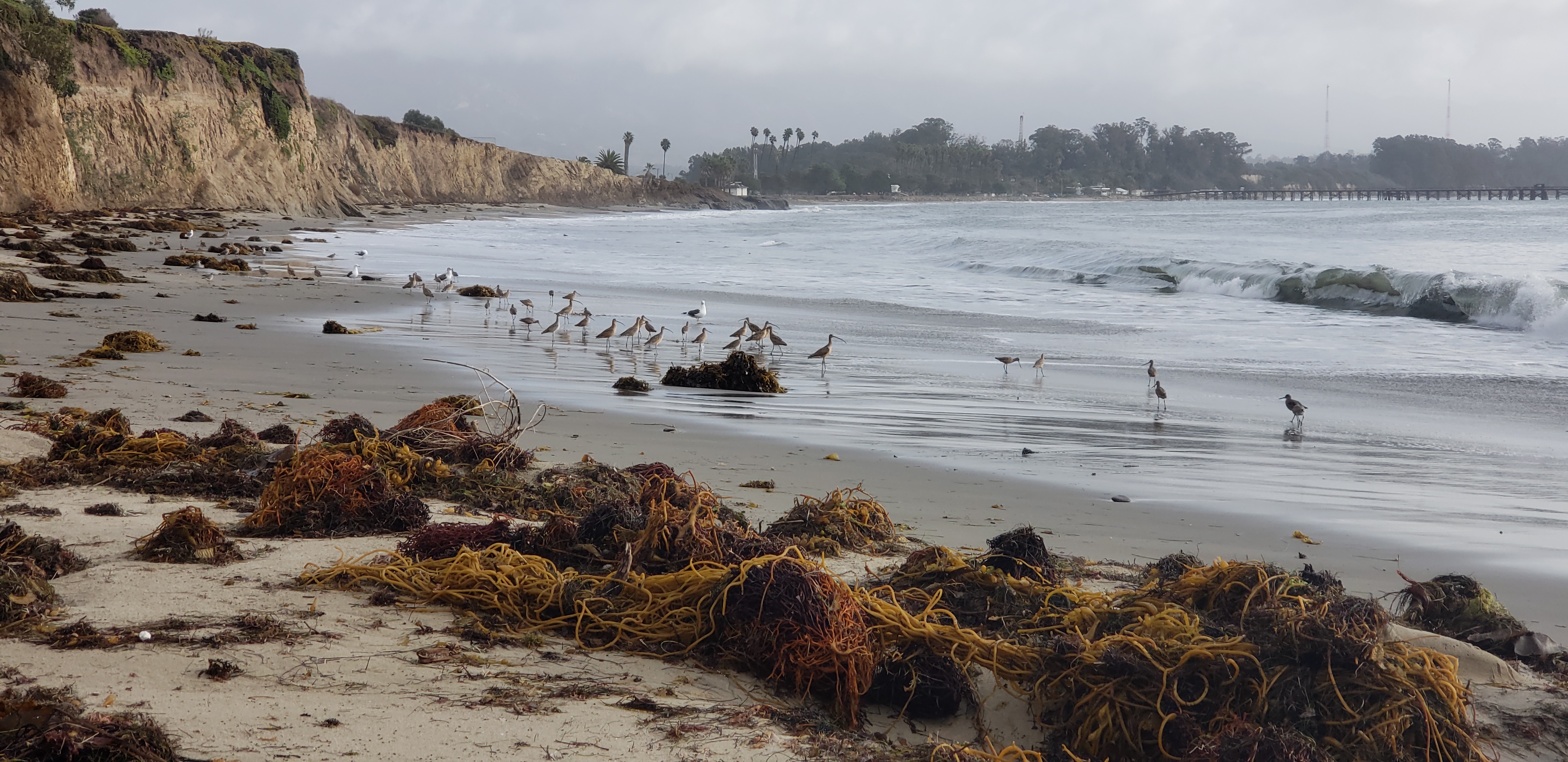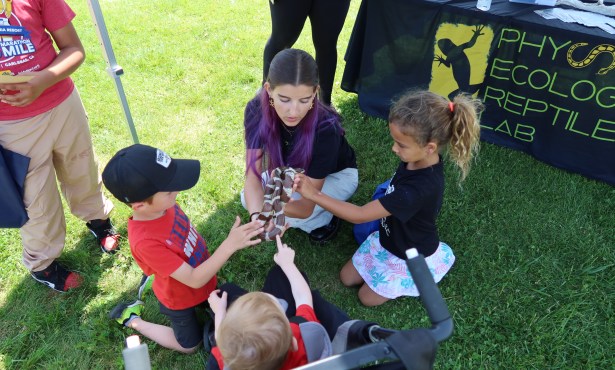The Bane of Beach Biodiversity
Grooming and Kelp Removal Destroys the Ecosystem in the Sand

Despite the fact that a pair of beaches in Carpinteria sit right next to one another, the two are not equal. This is because Carpinteria’s city beach is maintained and groomed by machinery, while the neighboring state beach is not. And the more a beach is groomed, the worse off its ecosystem and its resilience to erosion and ocean encroachment.
A recent paper in Ecological Indicators titled “No lines in the sand” reveals that these are the true costs of primping and pruning California’s southern beaches. The research is particularly pertinent, lead author and UCSB marine ecologist Nick Schooler points out, since it follows a 2017 publication containing a statistic that should startle any Californian: “31 percent to 67 percent of Southern California beaches may become completely eroded by 2100.”
Filling beaches with sand to protect coastal regions from storms, flooding, and sea-level rise actually makes beaches less resilient as a result. A more diverse topography, where dunes are left to ebb and flow naturally, can store more sand than a flat, human-altered beach can, said coauthor Jenny Dugan, a UCSB coastal marine ecologist. The beaches most likely to survive ocean encroachment are those that are backed by dunes. Breaking up those dunes to make beaches more tourist-friendly and accessible, ultimately destroys the beach.
While it’s not something most beachgoers think about, if you take the time to pay attention, these human-made alterations are fairly obvious. Groomed beaches are often stripped of natural kelp wrack, and the connection between the beaches and the dunes behind them may be interrupted by a road, a row of homes, or a boardwalk. But there are also less obvious distinctions, like the grain size of the sand, which can be either finer or coarser than the sand that native species have adapted to survive in, Dugan said.

A vast array of ocean critters and plant life exists on our coasts, a lot that people are not aware of and therefore don’t think of when it comes to conservation. “Ecologists may be partly responsible,” Dugan said, “by not making more effort to express the great richness of unique but often cryptic species that thrive on sandy beaches.” If people really knew what lay under their feet as they took those long walks on the beach or lay out to tan, “attitudes would likely be different.” Dugan compared beaches to an ecosystem that is well-protected in comparison: “No one thinks it is okay to drive all over wetland ecosystems. So, it’s surprising that it is considered okay on many of our sandy beaches.”
Despite these disheartening discoveries, actions can be taken. And, ironically, they come in the form of human intervention. So far, beach managers have been incredibly receptive to suggestions from Dugan, Schooler, and David Hubbard — Hubbard, with UCSB’s Marine Science Institute, was the third author on the paper — to consider biodiversity needs and conservation practices. For example, beach managers have ceased beach grooming for the duration of grunion-run season (the time period during which the small silver fish lay their eggs on sandy beaches) which stretches from early March to early September this year.




You must be logged in to post a comment.